‘Vous voulez votre pain tranché madame?’ says my local baker most weekends. ‘Do you want that bread sliced?’
In France, sliced bread is bigger deal than you might think. Most bread comes as the classic baguette, and the idea of a sliced version seems a little, well, overly sanitised, too easy, for this most gastronomic of nations. Going for the sliced option marks you out as a foreigner.
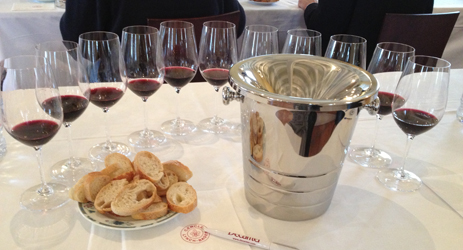
I think about this every year when En Primeur rolls around. The idea of slices, or tranches, is right at the heart of the system. It’s basically very simple. Châteaux release their wine in stages, with the first slice being the most attractively priced, and subsequent slices going progressively higher. The smart money goes for the cheapest first slice, where the potential rewards of buying En Primeur are inevitably the highest. But just like in the boulangerie, its simplicity masks a whole host of other factors, and is a way bigger deal than you might think.
In theory, the first tranche is the most alluring aspect of the whole system, in fact the very point of its existence for wine lovers; a good price as a reward for paying upfront for bottles that won’t be delivered for two years. Done properly, releasing in slices can drive up excitement, and provide a real incentive to buy. Recently it has been taking something of a hammering – particularly in 2010, when large numbers of châteaux released three or four slices of stock, pushing each one higher to ever more giddy prices. The tranche system imploded at this point because anyone who bought the later tranche of most estates is sitting on a big loss, and the sheer naked greed that slices can provoke on the supply-side was uncomfortably exposed.
So, is it possible or desirable to get it working again? And most importantly how do you as a consumer get your hands on the fabled first slice?
Well, it’s complicated. For a start, every château has a different approach, and some never do it at all.
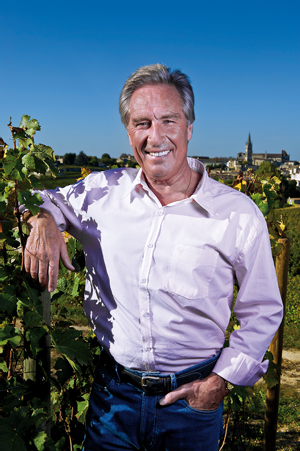
Gerard Perse at Château Pavie keeps things simple. He releases one slice during the En Primeurs, for around 50% of his production, and then a second slice, for the remainder of his stock, two years later at the moment of bottling. This second slice is around 20% more expensive than the first. ‘I have always followed this rule,’ he tells me. ‘It makes sense to me, because some customers prefer to be rewarded for buying early, while others prefer to pay more for the convenience of getting a wine that is already in bottle and can be shipped immediately.’
Other châteaux, such as Lynch Bages, try to make it the rule to release all their En Primeur wine in one single slice, say 85% of their production, and will only release the remaining 15% years later after ageing it at the château, and then perhaps only in small batches, priced according to the current market conditions. Last year, however, with the 2013 vintage, they managed to grab pretty much all of the headlines by releasing one small slice (owner Jean-Charles Cazes wouldn’t tell me exactly how much, although several merchants confirmed that their allocation dropped by around 65% on the year before, so draw your own conclusions from that) at a very reasonable price of €50 ex-Bordeaux; a 17% drop on 2012. It might not sound inexpensive, but was a very smartly priced compared to what was available on the market – and went against the cynical idea of releasing a small amount at a high price to capitalise on rarity.
‘It was the first time in maybe three years that I have actually chased a wine rather than having a négociant try to sell it to me,’ says Max Lolondrolle, fine wine buyer at Berry Bros in London. ‘And they didn’t release a second tranche, which was smart because it created a tension in the market and was fantastic for the consumers because there is no cheap 2013 Lynch Bages out there, so if they bought any, their money should be safe.’
Cazes called this a ‘one of a kind’ response to the slack market for En Primeur, and said that they intend to return to their usual strategy of a single, large release, ‘because we like to be in the market. Our philosophy is not to retain wines at the property to build up stocks for us, or build up artificial price points’.
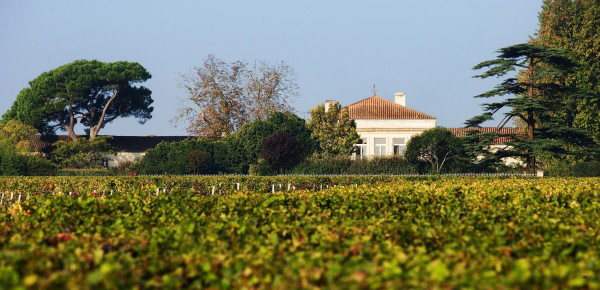
It’s a tricky subject to call. The traditional view is that slicing your release into tranches only works if you have a big enough name for people to get excited, or if it’s a particularly good vintage and the demand is high, so you use your first slice to test the price, and then head upwards as far as the market will bear. Nearly every château I spoke with said they had done it only a few times in recent years; namely 2000, 2005, 2009 and 2010. Only the (1855) First Growths will regularly use the escalating price system – but they all told me that their exact strategy is commercially sensitive and weren’t prepared to go on the record.
My feeling is that the tranche system only works when it is used as a reward. As 2010 showed, the escalating price approach is about the château, not the consumer – and consumers can see it a mile off. Far better, surely, to take the Perse approach, or the Lynch Bages approach in 2013. Release a certain amount at a genuinely good price, then at a later date (I like the idea of it being at bottling, when the châteaux want to be clearing out their cellars anyway) release the rest at a slightly higher price – a simple, two-step process that offers a genuine reward for early purchase. And the lowest price has to be made available for consumers – too often négociants and merchants end up holding back wine until all the slices are released, and offer an average price to the final consumer, thereby missing the whole point and seriously shortchanging the wine drinker.
‘Ideally, chateaux release a vintage during En Primeur at a good price, and they should then never again sell that wine at that price,’ says Thomas Duroux of Château Palmer. ‘If they are selling wine in bottle at the same price as En Primeur then the system is not working’.

Columnist Introduction
Jane Anson is Bordeaux correspondent for Decanter, and has lived in the region since 2003. She is author of Bordeaux Legends, a history of the First Growth wines (October 2012 Editions de la Martiniere), the Bordeaux and Southwest France author of The Wine Opus and 1000 Great Wines That Won’t Cost A Fortune (both Dorling Kindersley, 2010 and 2011). Anson is contributing writer of the Michelin Green Guide to the Wine Regions of France (March 2010, Michelin Publications), and writes a monthly wine column for the South China Morning Post in Hong Kong, where she lived from 1994 to 1997. Winner of Prix Baron Philippe de Rothschild and graduate of DUAD tasting diploma with Bordeaux Institute of Oenology. Accredited wine teacher at the Bordeaux Ecole du Vin, with a Masters in publishing from University College London.
Click here to read all articles by Jane Anson>>
- Follow us on Weibo @Decanter醇鉴 and Facebook
and Facebook for most recent news and updates -
for most recent news and updates -
All rights reserved by Future plc. No part of this publication may be reproduced, distributed or transmitted in any form or by any means without the prior written permission of Decanter.
Only Official Media Partners (see About us) of DecanterChina.com may republish part of the content from the site without prior permission under strict Terms & Conditions. Contact china@decanter.com to learn about how to become an Official Media Partner of DecanterChina.com.

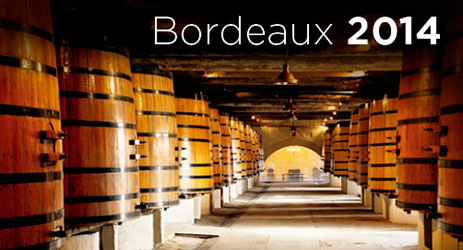
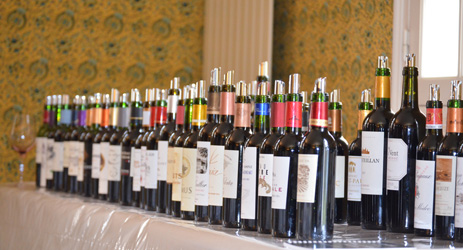
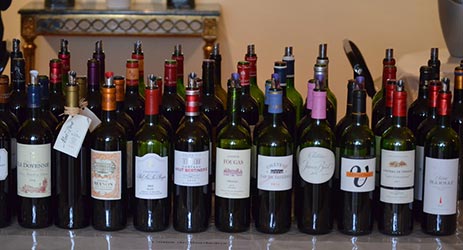
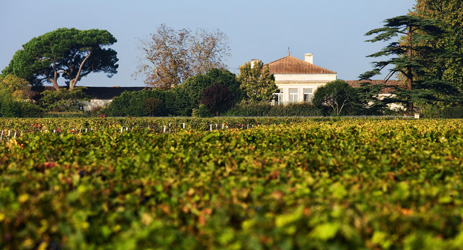
Comments
Submit